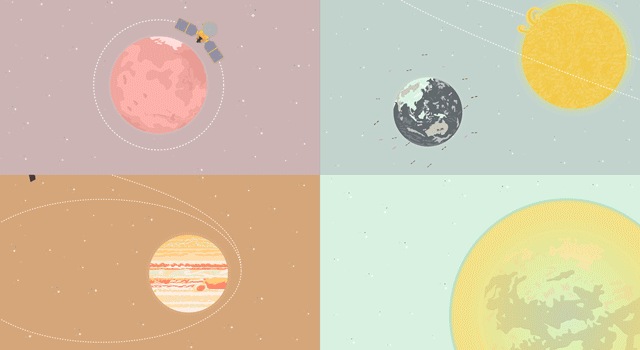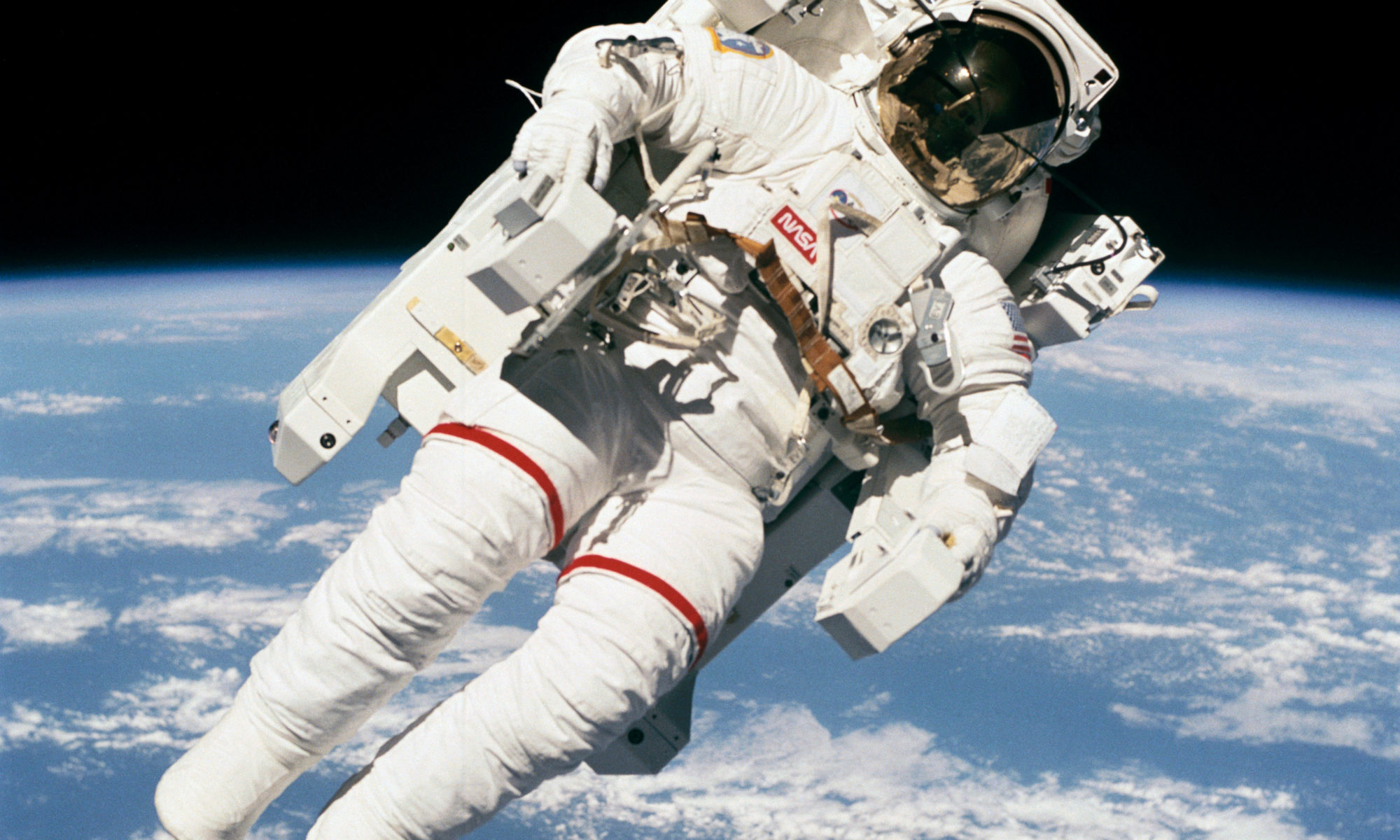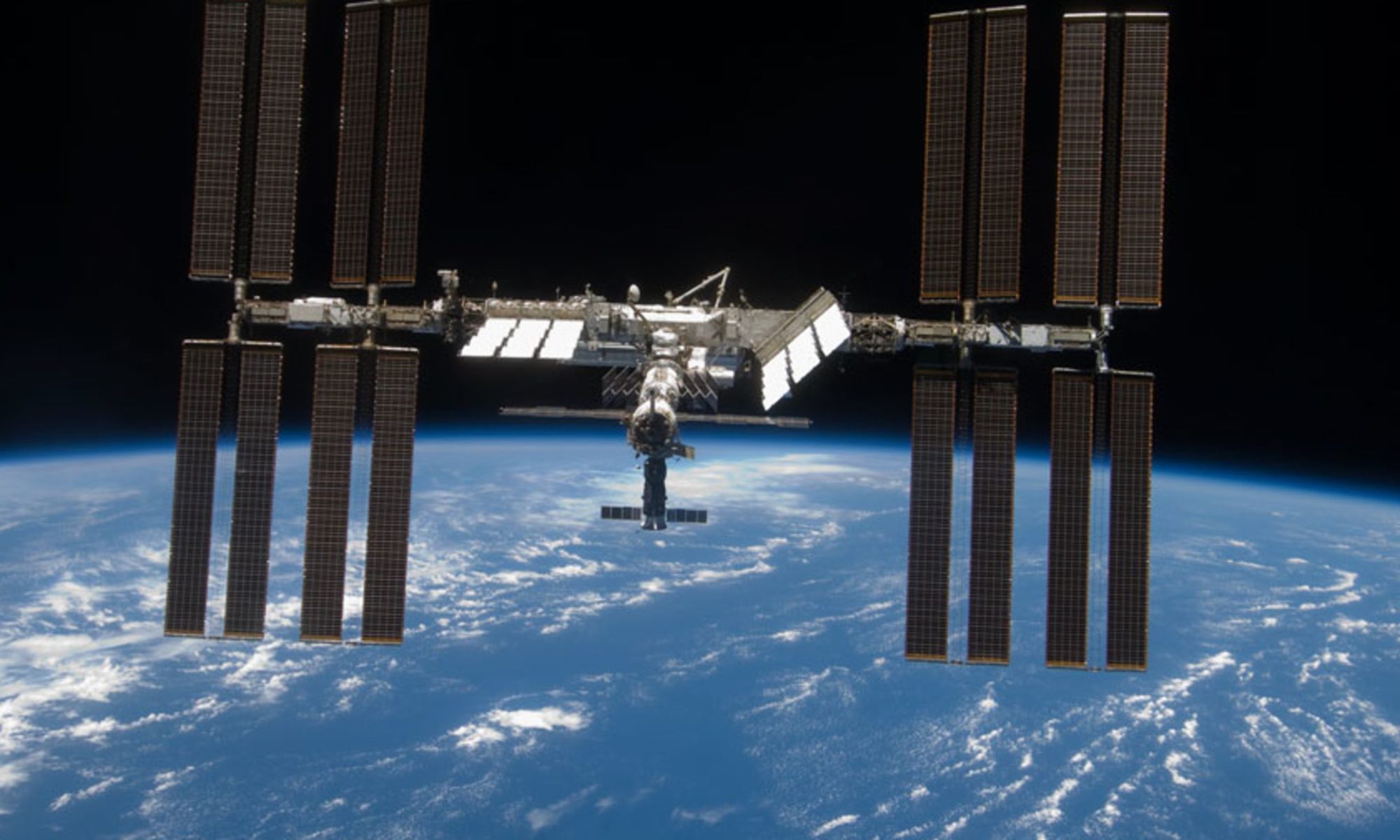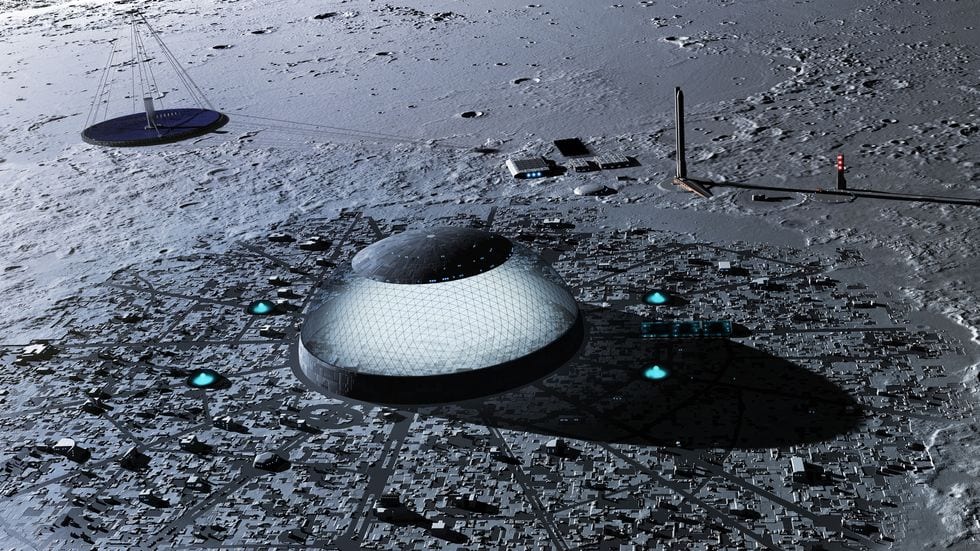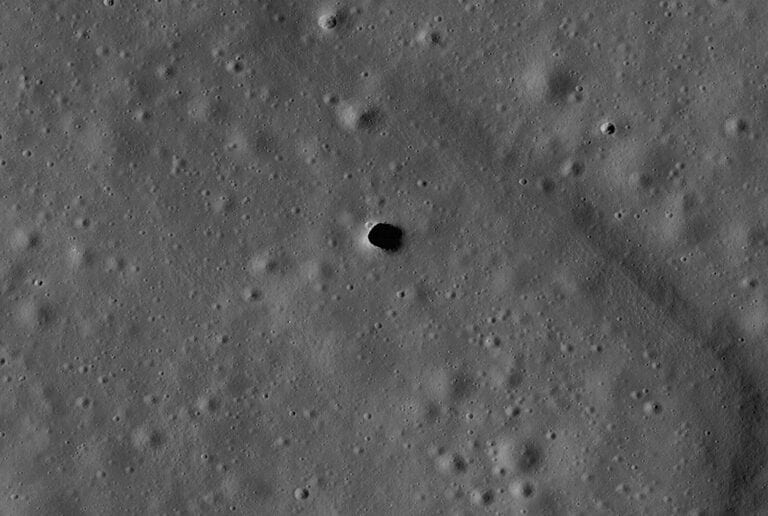The moon, along with its cosmic friends, had always managed to capture people’s attention. From all the cool scientific discoveries to the outlandish theories, all that stuff going down around our closest space pal keeps blowing our minds. In this article, we’re going to look at six awesome facts that reveal all the cool connections … Continue reading 6 Fascinating Facts About the Moon and Beyond
7 Interesting Facts About Astronauts and Space
While the expanse of space continues to captivate our imagination, the everyday life of those who traverse its depths – the astronauts – often remain shrouded in mystery. Here, we delve into some unexpected and captivating facts about astronauts and their extraterrestrial experiences.
- To kick off, did you know that burritos are a preferred delicacy among astronauts? In the weightlessness of space, food crumbs can pose a potential threat to equipment. Thus, burritos, which are easy to eat and crumb-free, have become a popular meal choice.
- Gender biases didn’t escape even the final frontier. In an attempt to cater to female astronauts, NASA engineers went to the extent of designing a space-friendly makeup kit. They presumed that these pioneering women would crave the normalcy of their makeup routine amidst the stars.

NASA engineers designed this makeup kit in 1978 for women astronauts. The kit was never flown. (Image credit: NASA) - Food choices before a space flight are also meticulously planned. Traditionally, astronauts consume a hearty meal of steak and eggs before their missions. This meal is not only filling but also low in dietary fiber, reducing the need for astronauts to use the bathroom during their mission.
- The simple pleasure of coffee is not forsaken in space. Thanks to Lavazza, the Italian coffee maker, the International Space Station had its own espresso machine – the ISSpresso – between 2015 and 2017. Samantha Cristoforetti, an Italian astronaut, had the honor of becoming the first person to enjoy a fresh espresso in space, made all the more special with a zero-gravity espresso cup.
- Some physical changes can occur due to the microgravity environment of space. Scott Kelly, an astronaut, experienced this first-hand when he returned from a space mission standing two inches taller than his identical twin brother.
- Racial bias in space wasn’t left behind on Earth, and it made its way into the realm of comic books. In 1956, the Comics Code Authority (CCA) tried to ban a story featuring a black astronaut. This move was not in violation of any existing Code, but the publishers stood their ground and challenged the CCA, even threatening to take the matter to court.

- Lastly, comfort upgrades have also made their way to space missions. For instance, the Apollo 11 astronauts had no choice but to sleep on the cold lunar module floor. However, subsequent missions, starting from Apollo 12, were equipped with adjustable hammocks. This innovation significantly reduced the chilling effects from contact with the cabin floor, making space sleeps a tad more comfortable.
Through these curious snippets, we get a glimpse of the extraordinary, yet very human experiences of astronauts in space. Their stories continue to inspire, captivate, and remind us of our collective strive to push boundaries and explore the unknown.
Oumuamua
Oumuamua is an object that passed through the solar system in 2017 and was initially thought to be an asteroid. However, its unusual shape and trajectory led some scientists to suggest that it could be an alien spacecraft. Scientists from the SETI Institute (Search for Extraterrestrial Intelligence) proposed that Oumuamua could be a lightsail, a […]
Vast volcanic eruptions may have…
Vast volcanic eruptions may have turned Venus from paradise (68 to 122 degrees Fahrenheit) into hell. The surface temperature is a sweltering 867 degrees Fahrenheit (464 degrees Celsius), hot enough to melt lead, and there’s a crushing pressure of 90 atmospheres underneath the dense clouds of carbon dioxide laced with corroding sulfuric acid. Venus is […]
Even traveling at the speed of light…
Even traveling at the speed of light, it would take us 25,000 years to reach the center of our galaxy.
The post Even traveling at the speed of light… appeared first on Crazy Facts.
NASA only uses 15 digits of pi…
NASA only uses 15 digits of pi for calculating interplanetary travel. At 40 digits, you could calculate the circumference of a circle the size of the visible universe to an accuracy equal to the diameter of a hydrogen atom.
The post NASA only uses 15 digits of pi… appeared first on Crazy Facts.
In 1984, astronaut Bruce McCandless floated…
In 1984, astronaut Bruce McCandless floated in space completely unattached to anything, 320 feet away from the space-shuttle with only a nitrogen jetpack back.
The post In 1984, astronaut Bruce McCandless floated… appeared first on Crazy Facts.
Out Of This World Facts About The International Space Station
Space, the final frontier, which few have been lucky enough to experience first hand and even fewer have called home.
The International Space Station (ISS) is home to astronauts from all over the world, demonstrating that the global community can come together for science and progress.
Here are some out-of-this-world facts about the ISS that everyone should know.
Out of this world facts about the International Space Station
pic.twitter.com/OwK2nqjbNC
— UberFacts (@UberFacts) July 23, 2021
Let’s talk basics
The International Space Station (ISS) has been orbiting the planet for more than 20 years, since November 2000.
It is the single most expensive object ever built. The cost has been estimated at over $120 billion!
An international crew of between three to six people live and work aboard the ISS while traveling at a speed of five miles per second, orbiting Earth about every 90 minutes.
In 24 hours, the space station makes 16 full orbits of Earth, traversing through 16 sunrises and sunsets.
It’s a small world after all
240 individuals from 19 countries have visited the ISS so far.
But one has been there the longest
Peggy Whitson holds the record for spending the most time living and working in space. She was there for 665 days.
For anyone with 20/20 vision
Thanks to the acre of solar panels that power the ISS, it can actually be observed with the naked eye from Earth as it flies overhead.
Which is pretty amazing because it flies at an average altitude of 248 miles above Earth.
No place like home
Speaking of home-y, the ISS really is.
The living and working space in the station is larger than a six-bedroom house. It has six sleeping quarters, two bathrooms, a gym, and a 360-degree bay window.
Space takes a toll on your body
Astronauts must exercise for two hours a day to combat the loss of muscle and bone mass that occurs while in space.
It took a lot of work
The largest modules and station pieces were delivered on 42 separate assembly flights.
Since it is huge
The ISS is 357-feet end-to-end, only one yard shy of an American football field including the end zones.
There’s nearly 8 miles of wires making up the electrical system.
That’s longer than the perimeter of Central Park!
So, it takes a lot to power it
More than 50 computers control all the systems on the space station.
And the ISS computers aren’t immune to viruses, in fact they’ve been infected 52 times and counting.
Sniff, sniff
The ISS is likely one of the only places you can actually smell space.
Astronauts have described it as a “metallic-ionization-type smell.”
And, soon we can all smell it
And, for most of us, the ISS has seemed way too far out of reach. Especially if you never got to go to Space Camp. But NASA has announced plans to change all that, and allow regular tourists to actually visit!
The first visits won’t come cheap, likely costing more than a million dollars for the first trip.
But you can’t beat that view!
The African country of Zambia…
The African country of Zambia entered the Space Race in the 1960s. The plan was to go to Mars and convert aliens to Christianity. The plans ended when one of the “Afronauts” got pregnant, another pulled-out to join a local dance group, and a third went missing.
The post The African country of Zambia… appeared first on Crazy Facts.
Scientists Are Planning on Building Noah’s Ark…On the Moon
There are plenty of headlines I never expected to write since I started writing articles for you lovely people, and this is definitely one of them. I mean…Noah’s Ark? On the moon?
Let’s dig in here and get started on answering the many, many questions that you’ve probably already got brewing, eh?
Shall we start with why?
Image Credit: NASA/GSFC/ARIZONA STATE UNIVERSITY
The answer to this is actually quite simple – you’ve seen movies like Armageddon and Deep Impact et al, right? The idea that an asteroid could suddenly slam into earth and take out all of humanity? Like, nothing left?
Scientists actually believe that, in the year 2068, something like that could be coming for us in reality.
The answer could be a 21st-century version of Noah’s Ark that, instead of containing two of every animal, would contain a repository of cryogenically frozen reproductive cells from 6.7 million species on Earth.
Dr. Jekam Thanga is the mastermind behind the project, and sees the whole thing as a global insurance policy.
Image Credit: NASA/GSFC/ARIZONA STATE UNIVERSITY
“As a human civilization, we’re in a fragile state. We’re not really that rigid or able to face all kinds of adversities. And Earth’s ecosystem is also very fragile.”
They plan to utilize the lava tubes just below the moon’s surface to build the compound and a lunar solar farm to generate their electricity, and to use robots to man the laboratory, and no, we’re not living in a science fiction novel currently.
But we might be soon.
The lava tubes were formed billions of years ago by streams of lava that melted through the soft rock underground. They’re about 328 feet in diameter and could protect the facility from solar radiation, micrometeorites, and the extreme surface temperatures – not an ideal spot for humans.
At least not yet, says Thanga.
“Setting up a base inside a lava tube seems like a plausible way to go if we wanted to set up a permanent settlement on the moon. But we as humans are not mole rates. We’re going to feel pretty stuffy being underground without being able to see outside.”
Thanga says we could use existing technology and materials to build the actual structure on the moon, but the miniature robots being proposed would take a bit more finagling.
“What we envision is taking one of the existing pits – just the opening into the lava tube – and installing an elevator shaft there.”
He envisions elevator shafts and cryo preservation that shelves petri dishes much like books in a library.
Image Credit: NASA/GSFC/ARIZONA STATE UNIVERSITY
There would also be a system for communicating back and forth with earth, and solar panels would be installed to turn sunlight into electricity. Modular batteries will attach to the cryo preservation modules and keep the lights on and maintain temperatures that are optimal for the samples.
If you think this all sounds a bit futuristic, think again – Thanga says this could be a possibility within the next three decades. He estimates it would take around 250 rocket launches to ferry 50 specimens each of the 6.7 million species to the ark, a goal that would be substantially helped by the private companies like SpaceX and Blue Origin who are launching their own rockets into orbit.
Image Credit: NASA/GSFC/ARIZONA STATE UNIVERSITY
If an asteroid does slam into Earth, let’s hope someone is still around to launch a rocket to the moon.
Someone who also knows how to use the petri dishes of cells to bring some more humans to life.
So, maybe they do have a few kinks still to work out, eh?
The post Scientists Are Planning on Building Noah’s Ark…On the Moon appeared first on UberFacts.
